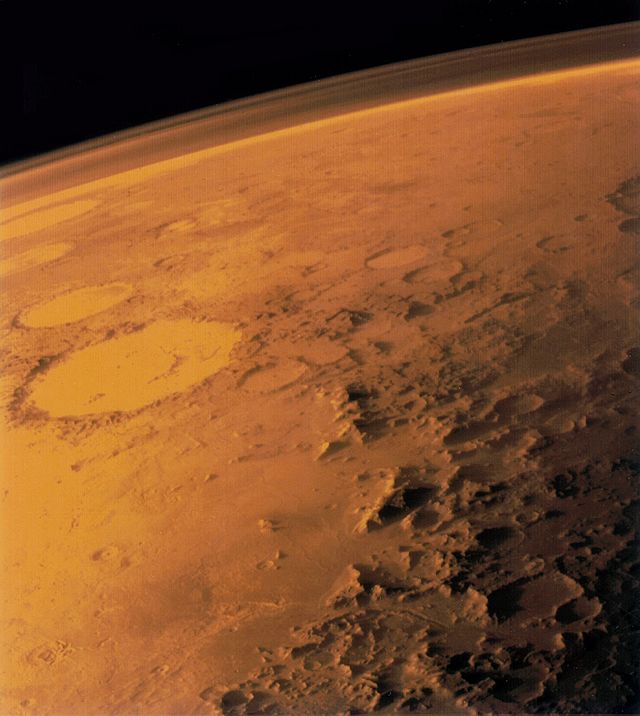Ingenuity helicopter is still flying on Mars
January 12, 2022
NASA’s original goal for the Ingenuity helicopter was to take five flights within the first thirty Martian days after it landed, or break it trying. So far, Ingenuity has greatly outperformed that goal. According to Science News, more than 120 Martian days have passed since the original experiment window ended and Ingenuity shows no signs of stopping. It has already flown faster and farther than it did in its test flights, able to lift itself up about twelve meters off the surface and fly at about five meters per second.
Ingenuity’s navigation system has been proven valuable to its success as a support for the Perseverance rover. It has been successfully used to direct Perseverance on where to go when navigating the rough Martian terrain. On July 5, 2021, Ingenuity was used to scout the South Seitah crater, an area that had been of interest to scientists through images taken from an orbiting spacecraft. However, the 3-D images obtained by Ingenuity showed that the ridges in the crater that would have indicated the presence of deep water did not actually exist, saving Perseverance a long and potentially dangerous trip into the crater.
Through its new role as support for the Perseverance rover, Ingenuity’s more recent flights have taken it over terrain that it was not originally designed to fly over. The helicopter’s navigation system relies on the assumption that the ground below it is always flat, which has led to a tendency to row and sway wildly over uneven terrain. However, the team at the Jet Propulsion Laboratory has come up with workarounds such as choosing large enough landing zones that a flat terrain can be assumed and slowing down the helicopter when passing over rough terrain.
Although its systems are not perfectly adapted to the Martian terrain, the Ingenuity helicopter has proven to be a successful start for NASA in designing future helicopter-like craft to explore Mars. Current ideas involve a larger helicopter that could carry more equipment and work alone or with a rover. Another potential idea is a helicopter that could take detailed images of terrain that is too dangerous for a rover to traverse in order to find water deposits in craters or other landmarks of interest to scientists.







